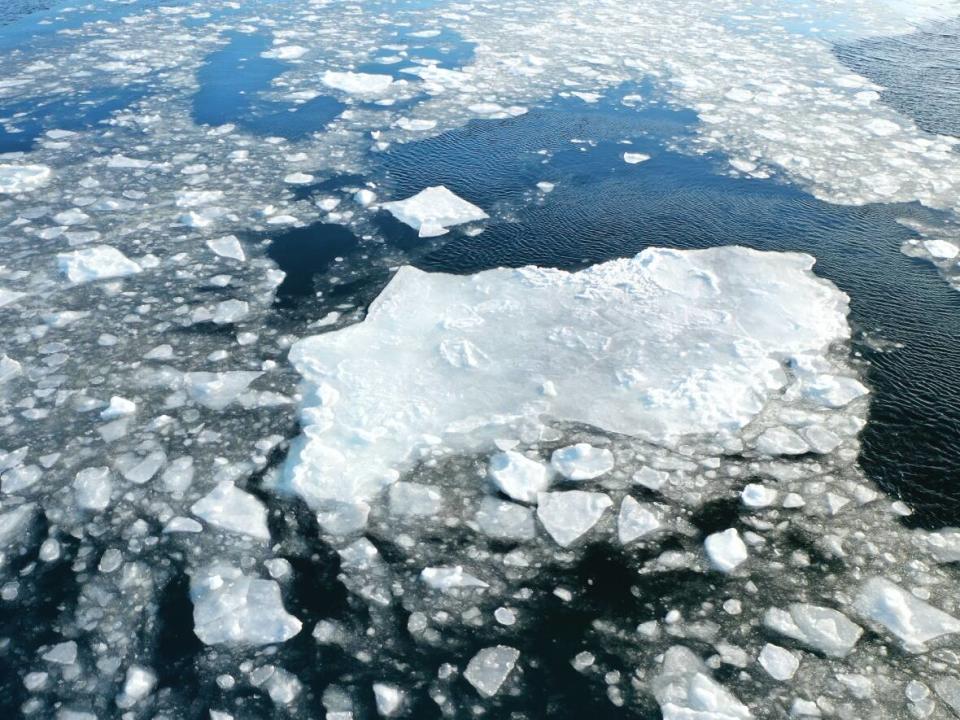In 80 years, Nain and St. John's will share similar weather: report

A new report outlines a warmer, wetter future for Newfoundland and Labrador, and one in which its northernmost community's weather will nearly match that of St. John's, far to the southeast.
The climate statistics contained in the 2021 Vital Signs report are compiled from 12 different projections, including a mix of government and academic data. That compilation shows that Labrador — in particular its northern coast — will be far warmer by 2100.
"There's a bit of a range, but even in the lower projections, it's quite dramatic," said Rob Greenwood, the director of Memorial University's Harris Centre, which releases the Vital Signs report annually.
Greenwood pointed to Nain, the northernmost year-round settlement in the province, as one example. Its current average winter temperature of –15 C, he said, will by 2100 rise to –5 C, a 10 degree difference that is "really significant," and only 1.5 degrees cooler than St. John's in the winter.
"Nain's temperature will be nearly identical [to St. John's] in summer," Greenwood told CBC Radio's Labrador Morning on Monday.
In the shorter term, by 2050, Nain will have four times as many thaw days in April as the present, he said — a huge problem to people who use the ice as a highway for months on end.
That statistic comes on the heels of a scanty ice season in 2020-21, where the ice set in five weeks late and Environment Canada records were shattered. Experts have said last winter could be a snapshot into what could be the average by 2050.
"As we know, the ice is such a key part of transportation and way of life for people on the Labrador coast," said Greenwood. Vital Signs

More rain and snow en route
Newfoundland will also warm, although the shift will not be as dramatic, said Greenwood.
What will be noticeable is the uptick in precipitation across the island. The south coast will have the largest increases by 2100, with more than an extra millimetre per day on average from December through May.
"There's going to be a lot more precipitation than we currently have, which some people will kind of shake their head at because we think we have a lot now," said Greenwood.
Climate change takes centre stage in this year's Vital Signs report, with Greenwood saying the issue has been the focus of most of the Harris Centre's public policy activity in the last two years.
Its release also comes days ahead of the COP26 climate summit in Glasgow, where heads of state from around the world will come together in the latest attempt to keep the world to stave off the worst effects of climate change. The latest United Nations report on climate change in August was called a "code red for humanity."
On Tuesday, the Harris Centre will continue its climate change work by hosting an online session on the future of fisheries and oceans.
"There are so many things that are a little concerning when you look at the impacts of climate change, but there are also ways in which it's opening up some opportunities," said Greenwood.

Another potential spinoff from climate change is potential immigration as other parts of the world become inhospitable, said Greenwood.
"There is the potential for the island and Labrador to see in the medium to longer term more people choosing to move here," he said.
"So you've got the climate impacts and more precipitation, more extreme weather, for sure. But compared to some other places, maybe more desirable."

